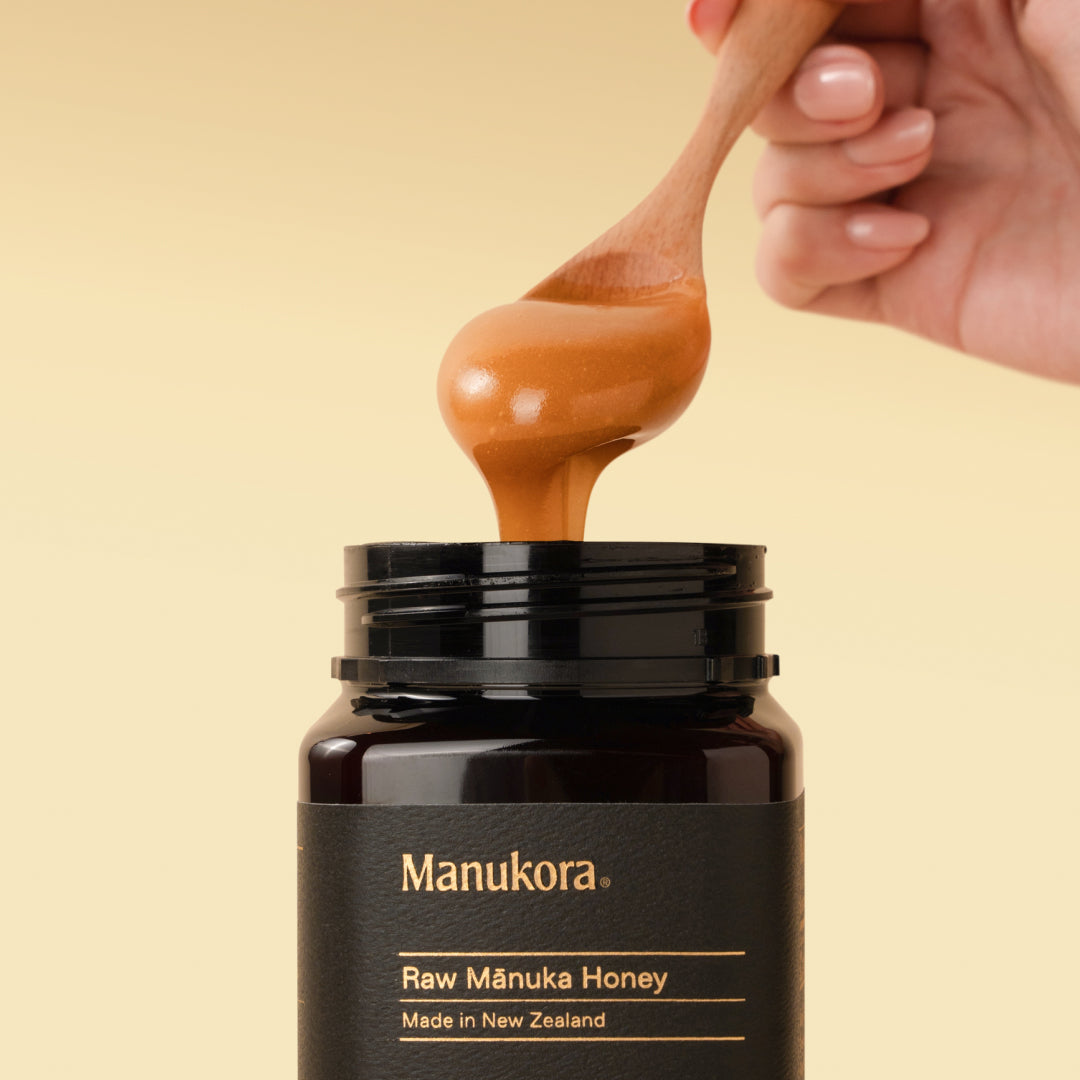Executive Summary:
- The best way to get rid of bees without killing them is to have them relocated by a beekeeper.
- You can also try to relocate the bees yourself, which can be done with the right equipment.
Getting Rid of Bees the Right Way
Even if you don’t have honey hives, the bees surrounding your yard can still be beneficial for your plants, flowers, and trees. In fact, native bees are responsible for around 80 percent of pollination worldwide. Bees rarely sting or attack; if left alone, they can highly benefit the greenery in your yard (and even surrounding yards).
That said, unless you’re an insect enthusiast, avid gardener, or apiarist (beekeeper), you may be looking to rehome the bees buzzing around your property. This is especially true if you’re worried that your curious little ones or pets could potentially harm the hive, which may in turn aggravate the bees to start stinging.
However, there is a right and wrong way to get rid of bees. To ensure the safety of both you and the bees, let’s talk about how to get rid of bees without killing them (and without you getting stung!).
The Two Types of Hives: Structural vs. Non-Structural
Before diving in, there’s one big factor that most bee removal services will want to consider before attempting any bee removal or relocation: the hive type.
There are two types of bee hives, structural and non-structural. Both require a different removal approach.
An example of a non-structural hive is a hive located in a hollowed-out tree trunk or branch, while a structural hive is nested behind a wall or chimney.
How Can I Ethically Get Rid of Bees?
The bee population is dwindling worldwide. While some regions prioritize wildflower cultivation or ethical beekeeping (like we do here at Manukora), we think it’s also important to lend a helping hand to the cause when it comes to doing what we can to prevent harm to the bees.
While most people looking to get rid of bees don’t often remove the hive themselves, you can still follow the general practices ethical beekeepers would use when relocating a hive. The best way to relocate a hive is the option that allows the bees to maintain their regular behavior as much as possible. So, let's take a closer look.
Call an Apiarist
Relocating the entire hive is the best option, as it ensures the bees will not return and they can happily continue their work in a new place with their queen. To do this, ensure you’re enlisting the services of an apiarist, or at least someone who promises to relocate the bees to a safe environment.
Steer clear of pest control companies, who may take other routes to “solve” your bee inquiry. We suggest giving a local beekeeper a buzz; they may be able to relocate the hive for you, or will know who can.
In fact, many local beekeepers will come out and relocate your bees for free. Like us, they love the bees and just want to see them find a safe new home.
To ensure the longevity of the hive, the beekeeper relocating your bees should be highly knowledgeable about bee species and what environments they thrive best in. While many people are familiar with the ever-popular European honeybee, there are tens of thousands of bee species throughout the world. As such, these different types of bees need specific plants in their environment to thrive.
Both native bees and honey bees have different roles in our ecosystem. Where bees reside directly affects their health, hive, and honey (if they make it). It'll show in their honey production if honey bees are in optimal locations close to plenty of flowers and plants.
Keep in mind: If you’re dealing with a whole swarm of bees, chances are they are honey bees. Honey bees always travel in hives, whereas native bees are, more often than not, fairly solitary creatures.
How Can I Get Rid of Bees Myself?
If you’re stuck in a rut and can’t find a professional to relocate the hive, don’t panic. There are several ways to relocate them yourself while staying safe.
That said, there’s a bit of a difference between relocating structural versus non-structural hives, with the former needing a bit of construction experience on top of the steps below.
While neither type of relocation is “easy,” relocating a non-structural hive can be less abrupt to the bees and will usually not require you to deconstruct any parts of the structure, as compared to relocating a structural hive.
If you feel confident enough to take on this task, here is a step-by-step process to remove the hive with as little disturbance to the bees as possible.
Step One: Get some equipment.
Usually, a bee sting hurts, swells for a few hours, and then heals fairly quickly. Yet, if you’re allergic or the sting gets infected, it could require medical attention. Before attempting to move a bee hive, invest in leather gloves and a proper beekeeper suit; a lot of farm stores now carry this equipment for hobby beekeepers. You’ll also need an apiary bee box (for the honeycomb), and a smoker.
Step Two: Use smoke.
Using smoke doesn’t harm the bees; it actually mostly works to disrupt the alarm pheromones they put out to signal there is danger.
Wearing your safety equipment, use the smoker to saturate the hive with smoke. On top of masking their alarm signals, the bees will typically see smoke as a sign that they need to relocate. They generally try to consume as much honey as they can so as to not waste their stores, and they’ll begin to either leave or be lethargic from being so full.
Step Three: Remove honeycomb and relocate.
Once the bees have calmed or fled the hive, remove the honeycomb one piece at a time and place it in the bee box, vertically. Once all the honey is relocated to the new hive, repair or cover the hole in which the bees were nesting.
When the bees return in the next few hours, they should take to your new hive (the bee box). Once safely secured there, the bees will be ready for their new home — far away from your backyard.
Living With the Bees
Bees are amazing creatures and are crucial members of the world’s varying ecosystems. Keeping them safe is a top priority.
Their range of Manuka Honey showcases the fruits of these efforts. Particularly, the Manuka Honey MGO 600+ UMF 16 and Manuka Honey MGO 1000 are remarkable examples of high-quality products made possible through responsible beekeeping.
To further appreciate the value of honey, explore the Honey Gluten-Free Guide and understand the intricacies behind the Decoding of Manuka Honey's Price and Value.
Stay updated with Manukora's latest insights and initiatives in their July Sweet Talks, and delve into the reasons behind Why Manuka Honey Is So Expensive to appreciate the efforts behind ethical beekeeping.
While sometimes they reside in areas that aren’t quite the most convenient, there’s ways to find them (and move them to) new homes without doing any harm.
While we recommend doing your best to find a professional, preferably a beekeeper, to relocate the hive, we hope the above steps are helpful in your efforts to keep the bees safe during their move!
For more articles like this on all things bees and honey, explore the rest of Manukora’s blog here.
Sources:
How Does Smoke Affect Honey Bees? | Scienceabc


















